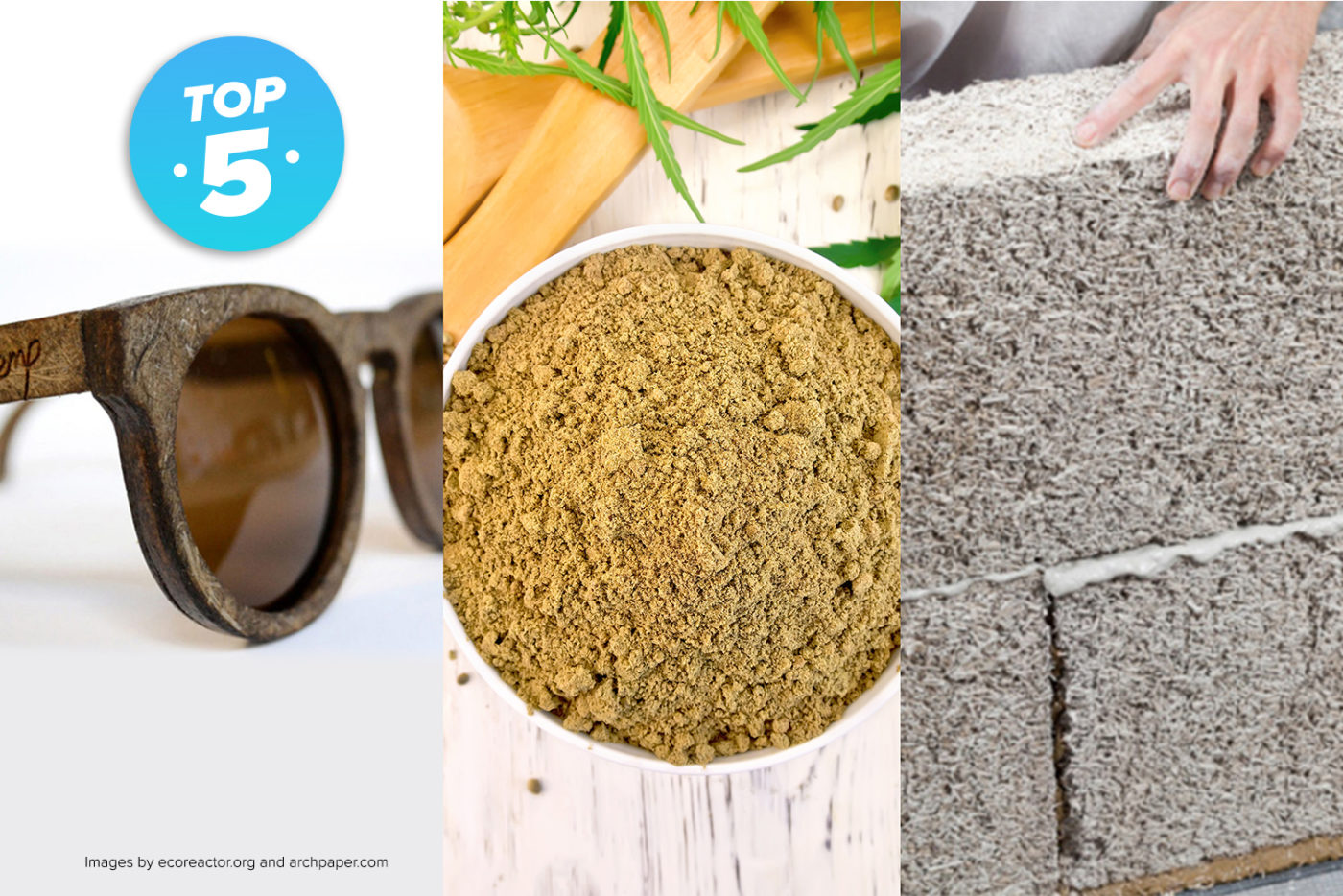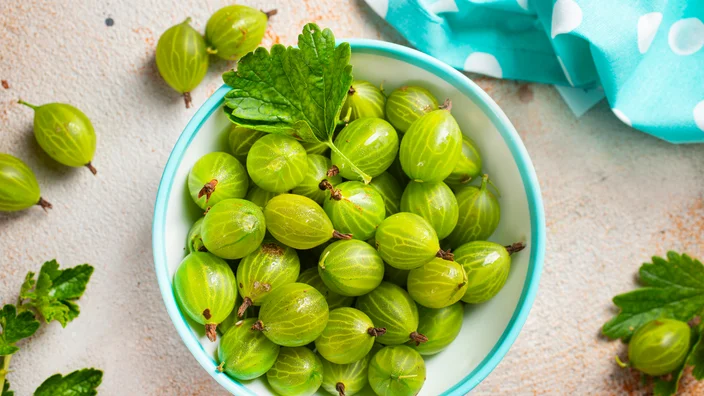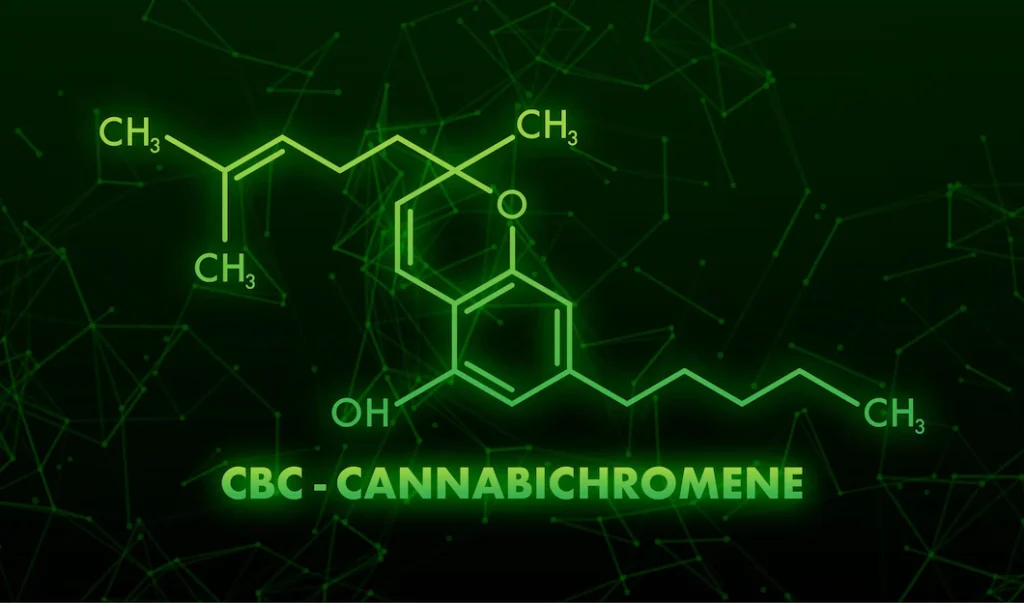
Top 5: Hemp Innovations
April 28, 2021
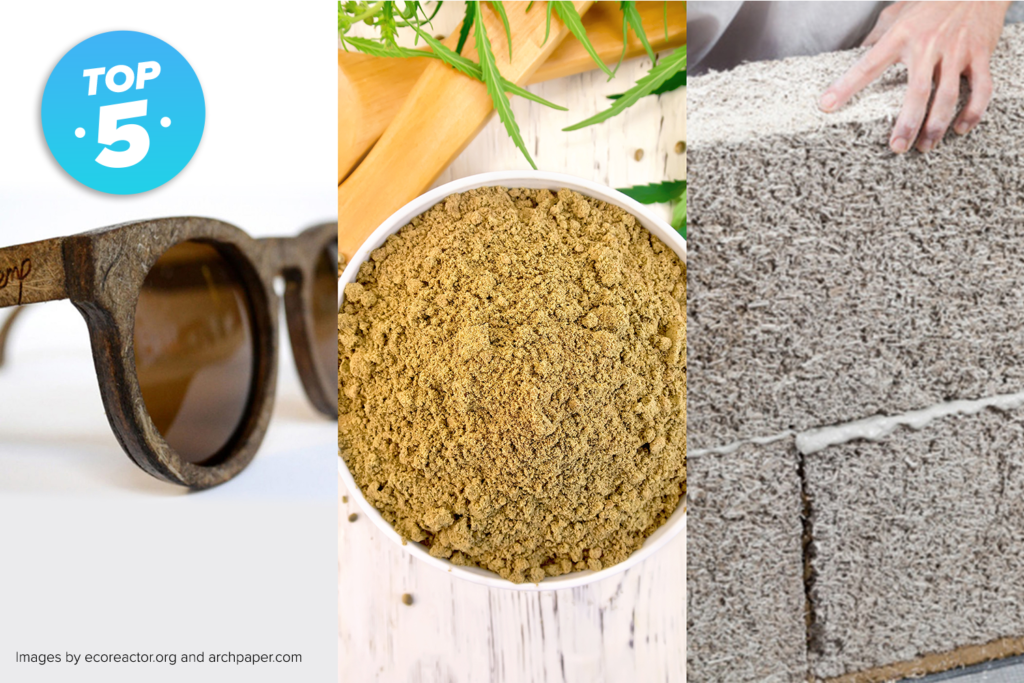
This week’s post is brought to you by Zilis’ Senior Innovation Strategist, Gabriel Ettenson, where he discusses the Top 5 innovative products being made with hemp or from the waste that is made making cannabinoids for products.
At the tail end of 2019, the Brightfield Group, considered the leading hemp industry analytical group, released a report titled, “Hemp Cultivation Landscape Report.” In this report, Brightfield suggested that by the year 2023, the United States would grow 2.3 million acres of hemp, most of which would be grown in support of the rapidly growing CBD oil marketplace.
Conservatively, to put this into perspective, this amount of acreage would produce approximately 230 million pounds of hemp, which could then, if all allocated to CBD oil production, produce approximately 10.5 million kilograms of CBD oil. That is indeed a lot of CBD! Taking a step back, however, when we consider 230 million pounds of hemp, it is important to note that only a portion of that hemp will actually be appropriate for CBD oil extraction. So, what about the rest of the hemp?
Well, until recently, most companies that have been solely focused on CBD oil production have discarded these increasingly valuable components as part of their waste stream; most discard it in dumpsters or burn it. In contrast, however, several other entrepreneurial-minded innovators have instead asked themselves the question, “If hemp can be used for so many purposes, can this massive amount of “waste” be repurposed as a low cost, environmentally intelligent building block for other hemp products?” The answer, as you will see below, in our discussions of the Top 5 newest and most exciting hemp innovations is a resounding “yes!”
While the shapes and sizes of various hemp varieties grown throughout the world may differ, they all are comprised of the same fundamental components: flowers, leaves, stalks, seeds and roots. And, as mentioned above, while the flowers (and to some extent, the leaves) are the target of cannabinoids like CBD and/or terpenes like beta-caryophyllene, these other components all truly hold within them the building blocks of major industries, some of which will be even bigger than the CBD industry.
So, without further ado, here are the Top 5 new and exciting hemp industry innovations being developed at a record pace:
#1 Hemp Plastics

At this stage of the game, there is little need to go into the many potential issues that will arise if the U.S and other areas of the world do not pivot away from the current dependency on traditional petroleum-based plastics. Most people are aware of these issues for one reason or another.
The current U.S. data suggest that there will be a 16.1% CAGR for the bioplastics industry between 2020 and 2027. And while the sources of these various “bioplastics” will differ, there is little doubt that hemp will increasingly contribute to this growth curve.
There are several reasons for this. One major reason has already been alluded to above: the fact that the primary hemp component used in the manufacturing of hemp plastics is being produced as a waste stream product from CBD oil extraction, which suggests it can be accessed easily and for a very low cost. These waste stream components are already being used in the emerging plastic “hybrids” such as Hemp ABS, Hemp Polypropylene and others.
Beyond that, and something consistent across all hemp industry sectors, is the growing awareness of how the hemp plant can perform two key functions when being grown. The first is called phytoremediation, and the second is carbon dioxide (CO2) sequestration. In the former case, when hemp is being grown, it has the unique ability to pull contaminants from the soil. In the latter case, like all other plants and crops, hemp grows through photosynthesis; which means that hemp takes in CO2 and releases oxygen, while storing carbon in the plant’s structure. The unparalleled spectrum of goods produced from hemp then sequester the carbon in the form of whatever product is being manufactured, whether plastics or bioplastics, construction materials, textiles, or batteries, etc. Hemp not only removes CO2 from the air while it grows, but it also transforms the carbon it traps into usable goods. These unique features of the hemp plant are a major variable in the inevitable increased desire to replace more traditional crops with hemp for the growing bioplastics industry. With the global plastics industry being one of the largest industries in the world, imagine the environmental benefit of continuing to grow its role in the bioplastics industry.
#2 Hemp Protein

Hemp protein is by no means a new product, but it is indeed an industry sector that is undergoing significant growth as a result of the continued movement toward plant-based protein options (versus animal-derived protein), plant-based diets and the exploding “fake meat” movement.
Milled from the seed cake that results from pressing hemp seeds for their Omega fatty acid rich oil, hemp protein has long been an option for people looking to increase their protein intake with a low cost, well-balanced amino acid profile. Hemp seeds are high in edestin protein, which is a highly digestible globular (biologically active) protein; whereas meat and dairy based sources of protein are primarily fibrous (structural) protein that is not as easily absorbed by the body. But despite these attractive qualities, the undesirable taste profile and poor water solubility of hemp protein have left it mostly on the sidelines, while pea protein and whey protein have been the industry standard.
However, in recent years with the growth of the hemp industry domestically, many U.S. companies have not just improved the amount of domestic production of hemp for protein and hemp seed oil, but they have also tackled the issues with the flavor profile and solubility. This is setting the stage for a hemp protein renaissance among on-the-go individuals.
And for those looking for a nice sit-down meal, the growing popularity of hemp has also encouraged more and more plant-based meat innovators to explore its viability in their products. Does it have the right texture for a meat alternative? Is the flavor profile suitable? How about the additional nutritional benefits beyond protein such as fiber, healthy fats and minerals? Check, check and check. The future is indeed bright for the hemp protein sector.
#3 Hempcrete
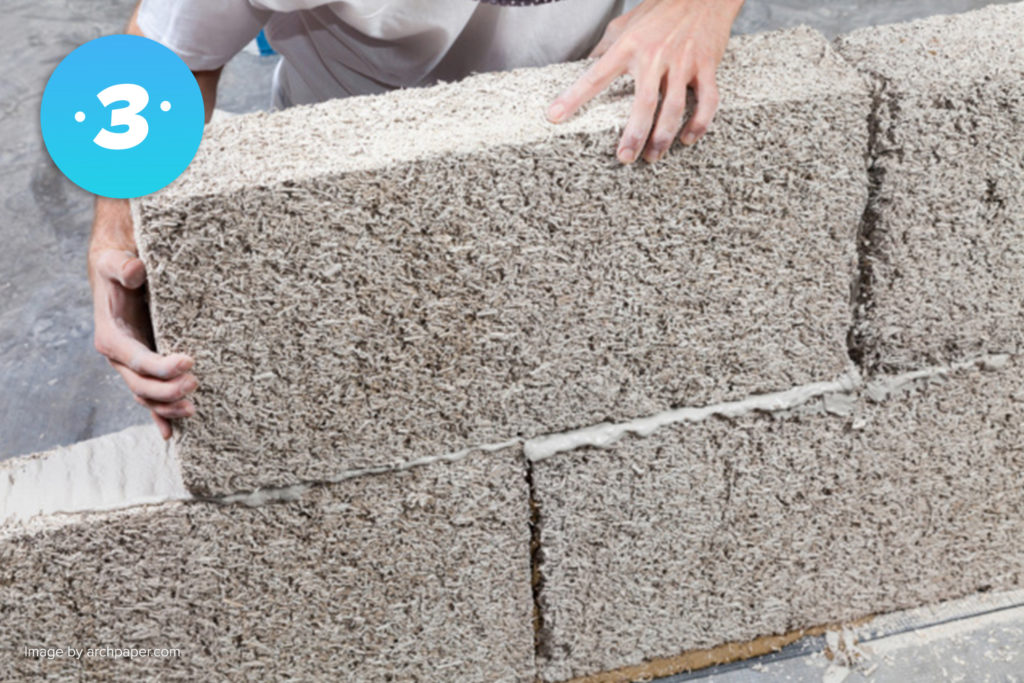
We have discussed the contribution that hemp is making in improving the benefits of the things we put in our bodies as well as the way those things may be packaged. Now, we address the way hemp fiber (from the stalk) is changing the game for construction.
What if I told you that you could build a low cost, non-toxic house that was fire-proof, mold resistant, rot resistant, pest resistant, and also had the ability to eliminate or significantly reduce your heating and cooling bills naturally? Oh, and did I mention, it can easily withstand nature for hundreds of years? I bet you’d be interested in learning more, right? Well, this is not a wish list, but rather the exclusive highlights of rare properties possessed by the unique combination of hemp fiber, water and hydrated lime in what is, yet another exciting and rapidly growing hemp industry sector called hempcrete.
Hempcrete is a non-structural construction infill that can be cast in place on site, or easily installed using prefabricated panels or bricks, or even sprayed into walls, whether new or existing construction. There is literally nothing other than the need for hemp fiber variety cultivation and fiber processing infrastructure to continue to expand while those involved in home and commercial building become better educated around hempcrete for it to be a no-brainer cost effective replacement for the current options being used in construction today. And if you are part of the tiny-home movement that is transforming the United States at the moment, this can also add a significant coolness factor to your custom build.
#4 Animal Feed
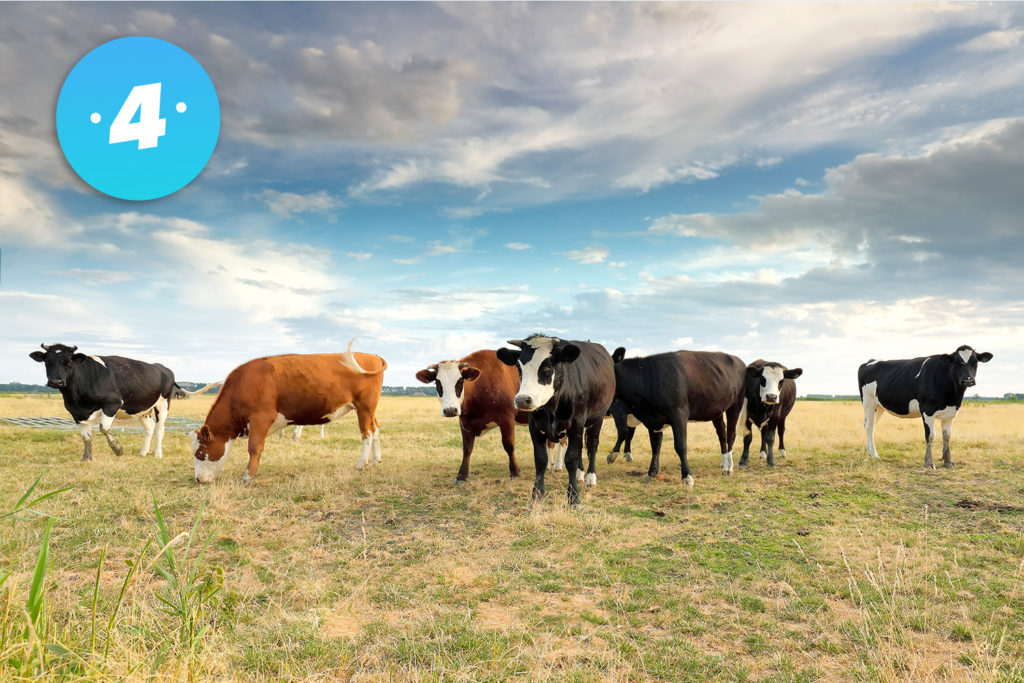
When we look at CBD Oil production, it is the flower of the cannabis plant that is used because it houses the highest concentration of cannabinoids like CBD. And while we have already looked at the other waste stream parts of the plant beyond the flower as a building block for hempcrete, hemp protein and hemp plastic, we do have another waste product referred to as “spent hemp” to consider.
Spent hemp is essentially the same material used to extract the cannabinoids, except after the extraction has occurred. Spent hemp can be described as what the vibrant cannabinoid-rich flower that is put into an extractor would look like after 10 rounds with Mike Tyson in his prime. Nonetheless, spent hemp is yet another potential waste stream building block for other industries, and in this case, it is our four-legged friends that may be the beneficiaries.
Just recently, researchers at Oregon State University received a $300,000 USDA grant to look at this more closely. The study, which has begun, is looking at the impact of using spent hemp as feed for animals such as chicken, cows, and lambs. So, what was the driver behind this research? It was the discovery that spent hemp carries a similar nutritional profile to alfalfa hay, long considered a gold standard for animals such as dairy cows. Even the hemp flower, after being processed for CBD, appears to maintain an adequate protein, fiber and mineral profile to benefit these incredible animals. And one of the key findings from the data so far is the groups fed hemp ate more than any other group!
#5 Energy Storage
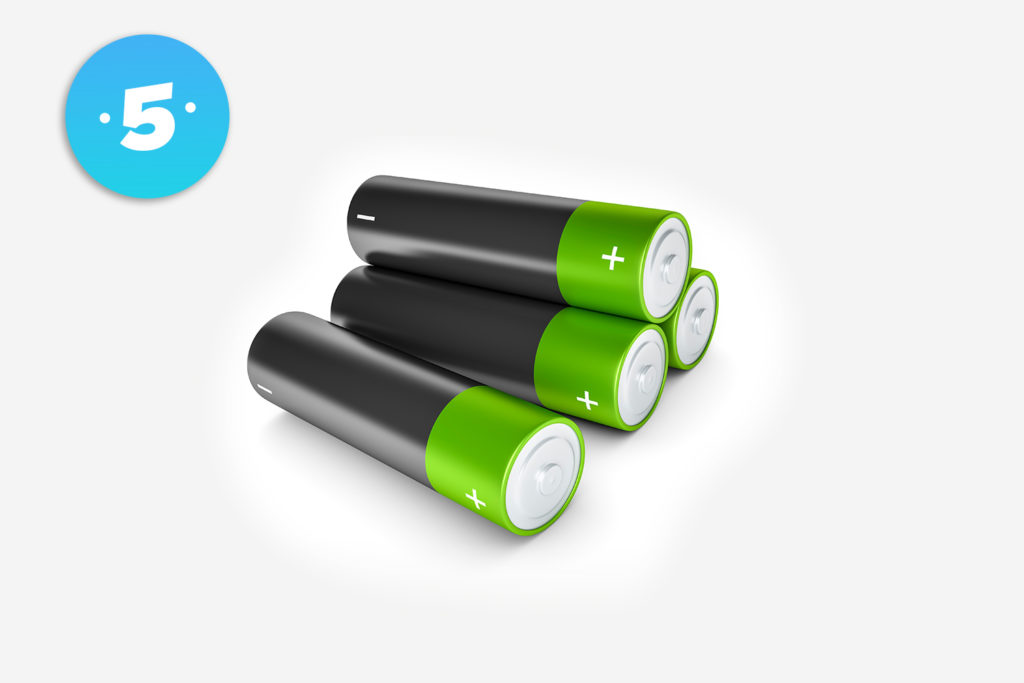
Okay, so this one will indeed take the longest to evolve, but man is it cool. As most people may already know, the current trend in energy storage is the lithium-ion battery. However, this material is getting harder and harder to come by, which is driving up the already high cost to further elevated levels.
While there has been some limited research on the use of hemp fibers for battery components so far, a group of American and Canadian researchers have added fuel to the fire by “cooking” parts of the hemp stalk (yup, a waste stream product of other processing techniques) to create carbon nanosheets, which are, and I quote, “on par with or better than graphene, the industry gold standard.”
This graphene-like material, which can potentially replace the synthetic and cost-prohibitive graphene being used today, can be made for literally a thousandth of the cost, and researchers have already shown it to be eight times stronger than the traditional lithium-ion batteries it is intended to replace!
As researchers have pointed out, even the latest developments by Tesla to enhance the performance and lower the cost of lithium-ion batteries in its vehicles have nothing on hemp’s potential use for this purpose. It will be interesting to see how the evolution of this industry sector coordinates with the growth in electric and hybrid car usage.
The continued hemp research that is accelerating around the world is indeed exciting. Not just because of all the uses that hemp can provide, but the fact that it is the ‘waste’ stream from one industry segment that is forming the foundation for others. The ability to compound this effect as industries evolve is mind-blowing. And all the while, as each acre of planted hemp increases, it is cleaning the earth and mitigating CO2 from the atmosphere. There is simply nothing like hemp; and with sustainability, environmental conservation, and social responsibility initiatives becoming the corporate key performance indicators that matter to younger generations, there is little doubt that hemp is about to disrupt the world.
About Zilis’ Scientific Research & Development Department
Our Scientific Research and Development Department is headed up by Dr. Marielle Weintraub, a hemp industry expert. She holds a master’s and a PhD in Behavioral Neuroscience and is very active in many dietary supplement and hemp industry trade associations, including her role as the current President of the U.S. Hemp Authority. Dr. Weintraub is committed to the continued development of hemp-specific information and testing to fulfill the Zilis mission.
Science posts for Discover are co-researched and co-written by Kelly McGill, Senior Scientific Technical Writer at Zilis. Kelly holds a bachelor’s degree in English and a master’s in Linguistics / TESL. She has been writing science-related content for over 20 years and is an expert in making difficult concepts easy to understand.
Zilis is the creator of UltraCell™, a CBD oil product derived from hemp. Based in Argyle, Texas, a suburb of Dallas-Fort Worth, Zilis is privately held. Visit zilis.com for more information.
SHARE THIS POST
ABOUT THIS BLOG
Discover : The blog with the lifestyle, nutrition, science, and history of the hemp industry.
It’s your go-to for the most up-to-date information on hemp, CBD, dietary supplements, and more! Check it out!

